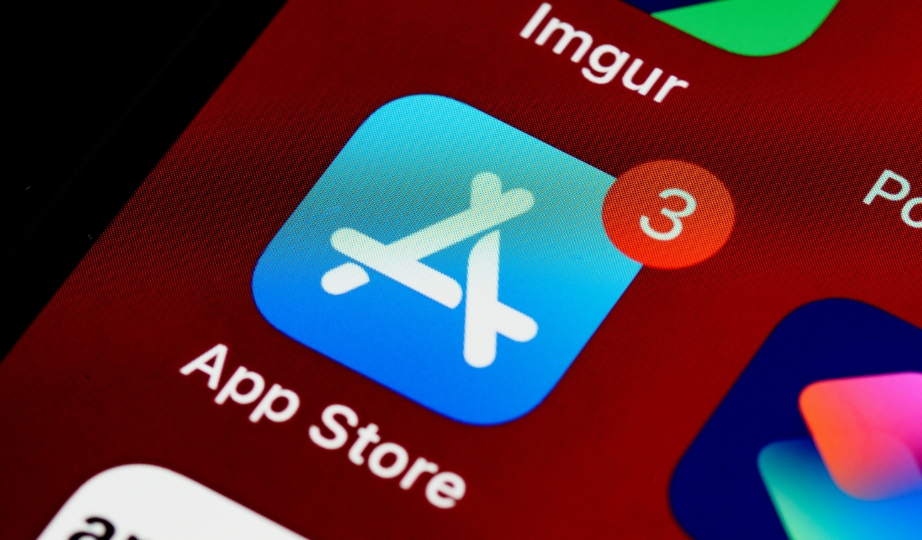Thursday, 18th August 2022
The mobile app has become the go-to medium for businesses to interact with their customers. The accessibility of a mobile device means that people can obtain information at speeds we’ve never seen before – unlocking near limitless potential for businesses to find creative ways of separating themselves from the competition, and nourishing brand loyalty. Apps come in many different forms and, depending on you what you want to achieve, one type of app may align more closely with your needs than others.
There are three main types of mobile app. The most common type are native apps. Apps downloaded from your mobile operating system’s (OS) dedicated app store (App Store, Google Play Store, Microsoft Store) and function strictly within the OS, classify as native apps. The second most common type are Progressive Web Apps (PWAs). These apps are delivered through the web instead of natively, yet still behave and function like native apps; you install them to your device’s home screen, and they can still send out notifications to your device. The third type of app are Hybrid Apps. These apps combine both PWA and native app characteristics; you download the app from the app store, but then as you navigate around the app you do so in an embedded browser. So which type is suitable for you? Let’s take a look at what each type of app can do for you.
The main advantage native apps have over their counterparts is that they can take full advantage of devices’ hardware: front-facing and rear-facing cameras, touch ID/face ID security features, force touch technology, multi-touch technology and much more. Because of this, some apps need to operate natively from the moment an idea has been conceived. Nearly all social media apps are native apps for this reason – social media profiles are a public place to store personal photographs and data, so giving access to cameras and security hardware capabilities such as Face ID are essential components. So, if you’re looking to create a more personalised, customisable experience for your users, native apps might be the way forward for you.
One of the main disadvantages for choosing a native app solution is that development can be more time consuming. Platforms such as iOS (for the iPhone) have strict criteria on what is allowed on their app stores. Apps need to be cited, particularly information surrounding health and mental health. Native apps also require frequent updates due to ever-change operating system software.
If these downsides concern you, then progressive web apps might be your best choice. The main advantage PWAs have over native apps is their flexibility. Updates are done secretly so users aren’t required to sit around and wait for installations to finish, and developers aren’t forced to comply with the latest strict rules. Progressive Web Apps are quite often favoured because of these reasons, benefitting both developer and customer. Earlier this year, Shoothill built a progressive web app for a logistics company that allowed the company to better track their operations and track expenditure via ‘timesheets’. You can learn more about what we built here.
Despite PWAs having better flexibility, it can be tricky to optimise them for mobile devices to the level of quality that native apps can facilitate. Utilising device hardware with progressive web apps can also present barriers, but for most companies looking to overcome operational barriers with a digital solution, progressive web apps tend to present the most benefits. PWAs may be inappropriate for business-to-customer (B2C) companies specifically, as user experience may be a tip-top priority when trying to achieve product differentiation goals. For business-to-business companies, this may be less of a concern, particularly if you are looking for an app to be used only for internal purposes.
Hybrid apps, compared to PWAs and native apps, offer a unique mobile app experience. Hybrid apps are more suited to companies that want to prioritise accessibility over everything. Apps with this level of accessibility remove several hurdles for users and make your marketing efforts a breeze; users can access your app in one step such as clicking a link in a social media post. Users will never need to install anything to their devices. Just like PWAs, updates are autonomous, and developers and businesses will not need to adhere to strict app store rules.
However, if you are looking for a totally ‘native experience’, hybrid apps can only take you so far, even if they are marginally more ‘native-like’ than PWAs. Functionality is limited, meaning device-specific hardware will not be accessible and overall quality is slightly lower; hybrid apps are not suitable when it comes to rendering 3D graphics for example, if you are looking to deliver that kind of experience. Depending on your business though, this may or may not be on your list of priorities.
If you are still struggling to decide, we can help you. If you have decided, let’s get started! We are here to deliver on your vision. For more information, get in touch.
